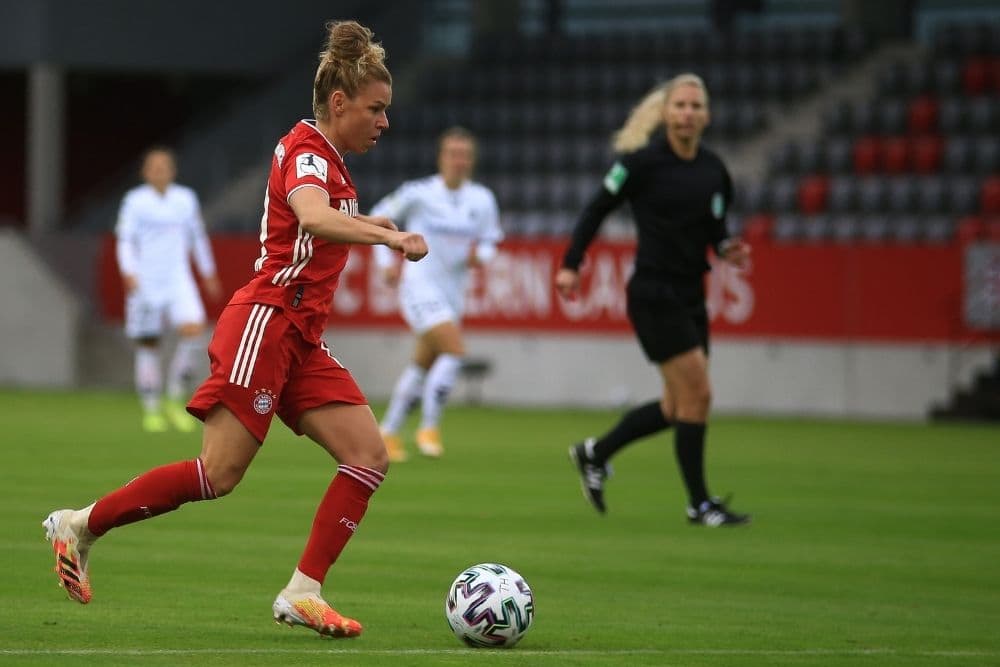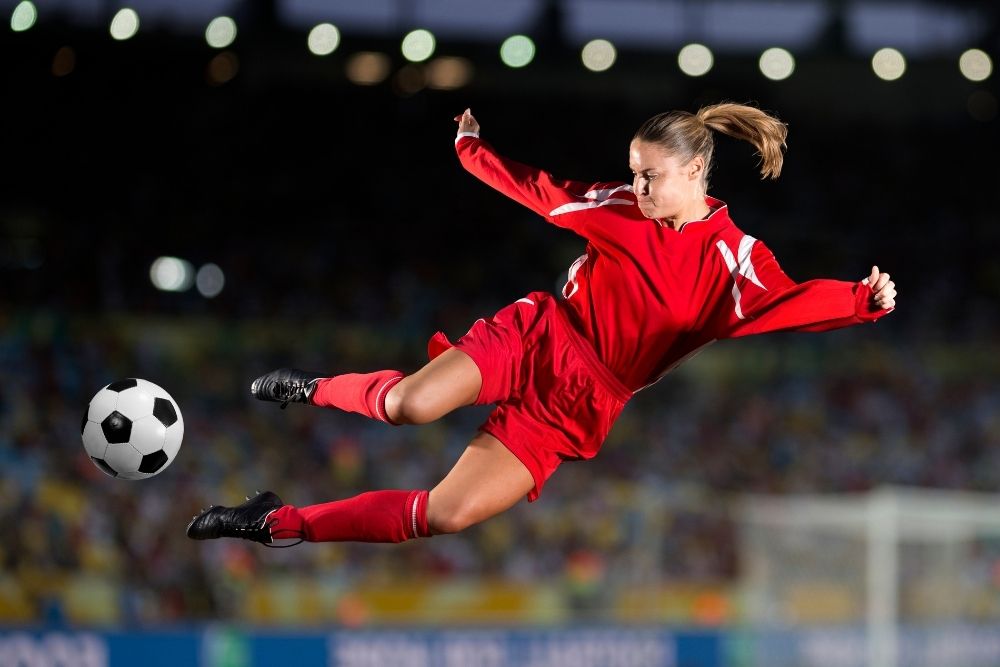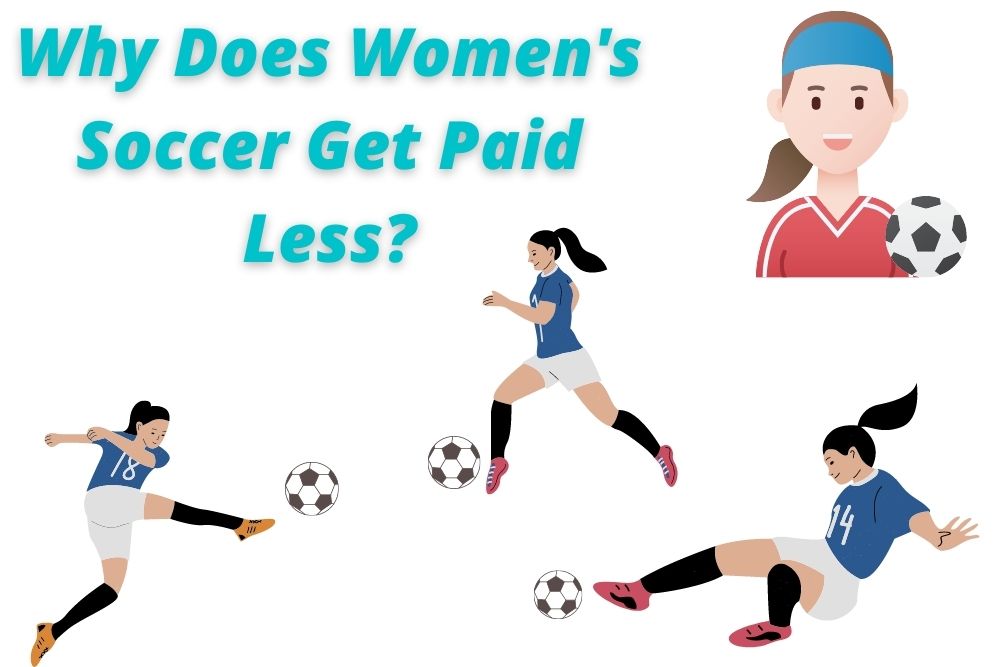Women all over the world continue to fight for gender equality including equal pay with their male counterparts in their workplaces. Since 2019, the United States women’s national team (USWNT) has been locked in a legal battle for equal pay with their male counterparts.
The argument is that they play the same game as the male soccer players and are exposed to the same conditions as the male, so why should they get lower pay? Coming to success, the Women’s United States team is more successful than the male team.
In fact, the United States female soccer team has repeatedly retained the number one spot in the world according to FIFA ranking. This is not surprising as they have won the female World Cup a record four times since the inception of the tournament (their most recent being in 2019) and won four Olympic gold medals.

Senator Elizabeth Warren in a post on Twitter adds that the USWNT contributes higher revenues for the US soccer than the men’s team. These stats alone justify their clamor for equal pay but are these the only stats that we should consider when talking about equal pay?
In addition to equal pay, the class lawsuit filed by the female team also claimed that they get far less support than the men despite their consistent superb performance.
As of 3018, the average salary of a female soccer player was highest in France followed by Germany. The reveal of the disparity in annual salaries of women in soccer across the globe in comparison to their male counterparts was shocking.
For example, female Bundesliga players in Germany earned only $43,730 in annual income while the male Bundesliga players had average annual earnings of $1.57 million.
But is the difference between the pay structure of male and female soccer players a sexist stereotype or are there other factors that have led to the difference in salaries? After reading through this you will feel different about the constant clamor by female soccer players.

Read more: How Do Soccer Players Get Paid?
Quick Navigation
Why does women’s soccer get paid less?
While the gap between male and female soccer players has increased over the last decade, it is still miles away from being equal.
During the reading of the lawsuit filed by the USWNT against the United States Soccer Federation (USSF), one of the arguments that said the lawsuit should be thrown out said the level of work done by the men’s national team and the women’s national team players are not the same.
According to documents countering the lawsuit, male soccer players require more skill and take on more responsibilities. Also, the document highlighted that the ability to compete in the men’s national team requires strength and speed which female soccer players simply can’t level up to.
The USSF also argues that regardless of the fact that both male and female soccer players work under a similar condition, the male players have to deal with more hostile fans than the female players.
Having the same pay structure for male and female soccer players will be unfair for male players. For want of statistics and accurate work measurement in soccer, let us use a case of the New York Marathon to draw an inference of a similar scenario that will play out if the male and female soccer players were to receive equal pay.
During the 2019 New York Marathon, the first-place male and female runners received $130,000 prize money. The athlete that came in tenth place received $1,000—and this pay was consistent for both the male and female categories.
However, in terms of overall ranking, the first-place woman finished 31st on the log. What this means is that 20 men that ranked higher than her performance got nothing. In fact, she was paid more than the cumulative earnings of the men that ranked from 2nd to 10th.
Since the men and women are assumed to be running the same marathon, all the 20 men that finished ahead of the first woman are victims of sexist stereotypes.
So, in order to end unequal pay in soccer and ensure true equality, the right thing to do would be to end gender segregation in sports. Away from the analogy of the 2019 New York Marathon, there are other reasons why it would be difficult for women soccer players to earn just as much as male soccer players.
1. Fan followership
Female soccer players simply don’t hold as much influence in soccer compared to their male counterparts. For example, Alex Morgan, considered the most famous female soccer player, had 9.4 million followers on Instagram as of December 2021.
On the other hand, Cristiano Ronaldo had over 378 million followers on Instagram in the same period. Thus, Ronaldo can charge as much as $1.6 million for every sponsored post on Instagram. There are several other male soccer players that have over 20 million followers on the platform.
Looking at the numbers, it doesn’t just make sense for both players to earn equal pay—and soccer economics is all about the numbers. In other words, the larger the fans, the higher the pay.
Fan followership is also the reason why there are more fans betting on male soccer than on female soccer. Having a larger number of fans also gives a soccer player leverage when negotiating their wages.
For example, if a male soccer player has millions of fans and followers, he knows that those fans will move with him to any club he finds himself in. Therefore, he can use that as a bargaining power.
The new club that wants to sign him will also understand that getting the player can boost their ticket sales and jersey sales. For example, within 24 hours after the official transfer of Cristiano Ronaldo to Juventus in July 2019, Juventus got 2.2 million more followers on their social media accounts.
This influential status increases Ronaldo’s bargaining power. However, for female soccer players that mostly have less than a million followers, there is simply no influence to boost their bargaining power.

2. Revenue generation
Clubs simply cannot pay soccer players more than the revenue they generate or they will simply go broke. Clubs get their revenue from jersey sales, sale of match tickets, broadcast rights, and so on.
The difference is always clear when men and women play. Week-in week-out, the stadiums are filled with soccer fans (except during COVID-19 restrictions) who want to watch male soccer players.
That cannot be said of the female soccer players. For this reason, men’s league broadcasting rights are usually worth much more than the broadcasting rights for women’s league—because there are fewer people that are interested in seeing the games.
Even when female soccer attracts a large number of viewers, it is usually for a short time. The consistency is just not there compared to men’s soccer.
3. Sponsorship deals
Part of the reason why male soccer players appear to earn more than female soccer players is because of sponsorship deals. When a soccer team has a good sponsor, they can afford to offer the player a higher contract because part of the wage burden will fall on the sponsor.
There are not many companies that are willing to sponsor female soccer compared to male soccer. This also has a thing to do with the popularity of the soccer players which we mentioned earlier.
Brands are more willing to sponsor popular soccer players because they will be banking on the popularity of the soccer players to create awareness for their brands.
That is why you will see popular soccer players like Lionel Messi and Cristiano Ronaldo featuring in adverts for one brand or another but you will rarely see a female soccer player in ads. For brands, throwing money on soccer players that are not popular is simply not a good investment.
4. Risk acceptance
There is a general saying that the greater the risk, the greater the reward. This is also one of the numerous reasons why male soccer players earn more than female soccer players.
Women soccer players are more risk-averse and usually include guarantees like injury protection, minimum salary, number of players, and minimum number of games in their contract terms.
On the other hand, the male soccer players are usually more willing to brave the odds including only receiving payment for games they play and for showing up to training.
Consequently, there are usually more injury records in male soccer than in female soccer. While it may appear as if the men and women are playing under the same condition, the conditions are worlds apart when you look at it technically.

Conclusion
There is no doubt that female soccer may one day grow so popular to the point where the gap between their earnings and that of their male counterparts will become slimmer. However, it is still a long shot from now.
Clubs can only pay soccer players as much as they generate. The clamor for equal pay is still premature. Rather, what female soccer players should be doing is growing their influence and pushing for the game to be more popular.
In terms of national teams, the demand for equal pay may be fair because the soccer federation can easily find a way to finance the deficit. However, the same cannot be said for leagues where it is simply not feasible—because clubs have to create a self-sustaining financial ecosystem.
Most of the club’s earnings go into the paying of players’ wages. The moment any club’s player wages surpass their earnings, it is only a matter of time before they will file for bankruptcy.
Hi there, I’m Jay.
Soccer is everything in my life! My friends and I have created this blog with all our enthusiasm, passion, and understanding after years of playing pro soccer. Hope you will enjoy it!
